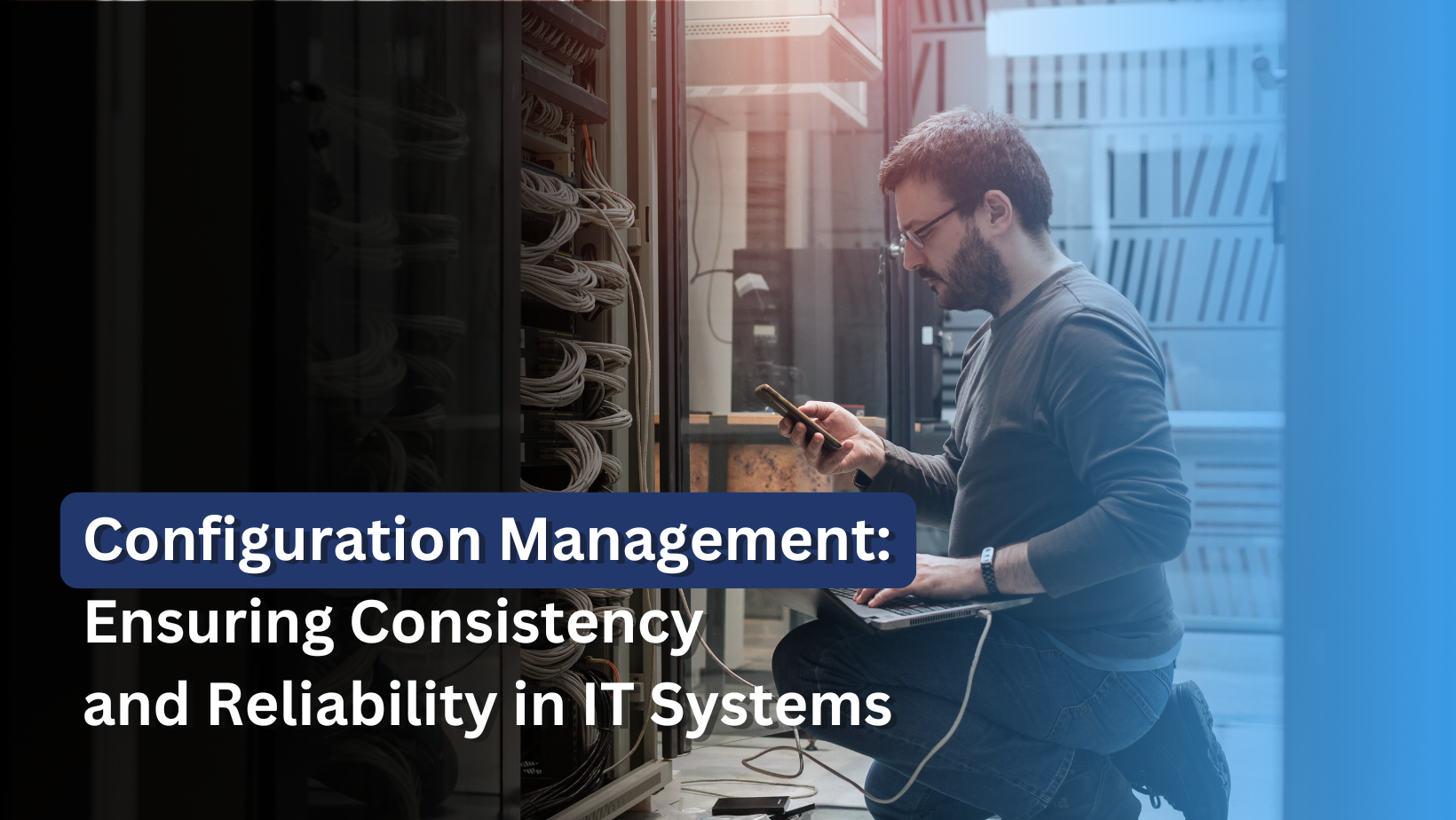Configuration Management: Ensuring Consistency and Reliability in IT Systems
In today's fast-paced digital landscape, maintaining a consistent and reliable IT infrastructure is essential. Configuration Management is the backbone of effective IT Systems Management, ensuring all components work together seamlessly. By tracking and managing system configurations, businesses can minimize errors, streamline maintenance, and enhance overall system performance.
What is Configuration Management?
Configuration Management involves a systematic process to control changes in System Configuration across IT infrastructure. This process ensures that all hardware, software, networks, and resources remain aligned with the company’s standards, avoiding errors and improving the quality of services. It includes identifying configuration items, managing updates, and auditing to ensure consistency across IT Systems Management.
Importance of Consistency in IT Systems
For businesses relying on IT to run critical operations, Consistency in IT Systems is vital. Configuration Management ensures that changes are introduced in a controlled manner, reducing the risk of system incompatibilities or operational disruptions. This consistency builds a foundation where IT systems can evolve without compromising their stability, ultimately leading to increased IT System Reliability.
Boosting IT System Reliability Through Configuration Management
When configurations are managed effectively, IT System Reliability increases significantly. Organizations that implement robust Configuration Management processes enjoy greater system uptime and fewer instances of unexpected behavior. By keeping system configurations standardized and documented, IT teams can resolve issues quickly and anticipate potential problems before they escalate.
Key Benefits of System Configuration Management
1. Reduction in Downtime: Managed configurations reduce the likelihood of errors that lead to system failures.
2. Enhanced Security: A standardized configuration makes it easier to spot and fix vulnerabilities.
3. Simplified Audits and Compliance: With configuration records readily available, audits are faster, and compliance is easier to maintain.
4. Faster Troubleshooting: Documented configurations allow teams to identify and resolve issues efficiently.
Implementing Configuration Management for Long-Term IT Health
The implementation of Configuration Management is a continuous process that requires planning, execution, and constant monitoring. By integrating automated tools for configuration tracking, businesses can keep up with changes in real time, minimizing human error and reinforcing IT System Reliability. Furthermore, regular reviews and updates of configuration practices help organizations adapt to evolving technology and security requirements.
At Techdirect, we understand that reliable and consistent IT systems are the lifeblood of a successful organization. Our commitment to Configuration Management means we don’t just solve immediate IT issues but build a resilient framework for the future. By ensuring that your IT infrastructure is consistent, secure, and fully optimized, we empower your business to operate seamlessly and scale confidently.
With Techdirect's expert approach to System Configuration and IT Systems Management, you can trust in a more predictable, efficient IT environment. We aim to be your strategic partner in maintaining a high level of performance, security, and dependability—ensuring that your systems support your goals every step of the way.

